Germany : Germany's Dominance in Sparkling Wine
Key markets include major cities like Berlin, Munich, and Frankfurt, where the consumption of sparkling wine is particularly high. The competitive landscape features prominent players such as Moët & Chandon and Taittinger, which have established a strong presence. Local dynamics are characterized by a blend of traditional and modern wine production methods, with a focus on quality. The hospitality sector, including restaurants and hotels, significantly contributes to the sparkling wine market, catering to both local and international consumers.
UK : UK's Growing Sparkling Wine Scene
Key markets include London, Bristol, and Sussex, where local vineyards are gaining recognition. The competitive landscape features both established brands and new entrants, with major players like Freixenet and Moët & Chandon leading the charge. The UK market is characterized by a diverse consumer base, with a growing preference for organic and biodynamic wines. The retail sector, including supermarkets and specialty wine shops, plays a crucial role in distribution, enhancing accessibility for consumers.
France : France's Sparkling Wine Legacy
Key regions include Champagne, Burgundy, and Loire Valley, where iconic brands like Veuve Clicquot and Piper-Heidsieck thrive. The competitive landscape is marked by a mix of heritage brands and innovative producers. Local dynamics emphasize the importance of terroir, with a focus on sustainable practices. The hospitality industry, particularly in Paris and other major cities, significantly influences consumption patterns, as sparkling wines are integral to celebrations and fine dining experiences.
Russia : Russia's Sparkling Wine Resurgence
Key markets include Moscow and St. Petersburg, where the demand for sparkling wines is on the rise. The competitive landscape features both local producers and international brands, with players like Codorniu and G.H. Mumm gaining traction. Local market dynamics are influenced by a growing appreciation for wine, with an emphasis on quality and authenticity. The hospitality sector, including upscale restaurants and bars, plays a vital role in driving consumption, catering to a discerning clientele.
Italy : Italy's Sparkling Wine Renaissance
Key regions include Veneto and Lombardy, where Prosecco and Franciacorta are particularly popular. The competitive landscape features established brands like Freixenet and emerging local producers. Local dynamics emphasize the importance of regional identity, with a focus on quality and authenticity. The retail sector, including wine shops and online platforms, plays a crucial role in distribution, making Italian sparkling wines accessible to a broader audience.
Spain : Spain's Sparkling Wine Identity
Key regions include Catalonia, where Cava production is concentrated, particularly in Penedès. The competitive landscape features major players like Codorniu and Freixenet, which dominate the market. Local dynamics are characterized by a strong cultural connection to Cava, with a focus on traditional production methods. The hospitality sector, including local restaurants and bars, plays a significant role in promoting Cava, catering to both locals and tourists.
Rest of Europe : Emerging Trends in Sparkling Wine
Key markets include countries like Austria, Hungary, and Switzerland, where local producers are gaining recognition. The competitive landscape features a mix of established brands and new entrants, with a focus on quality and innovation. Local dynamics emphasize the importance of regional identity, with a growing appreciation for unique offerings. The retail sector, including specialty wine shops and online platforms, plays a crucial role in enhancing accessibility for consumers.


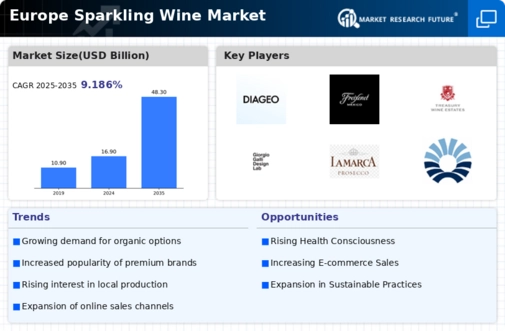
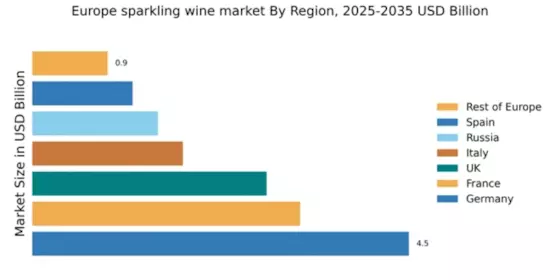


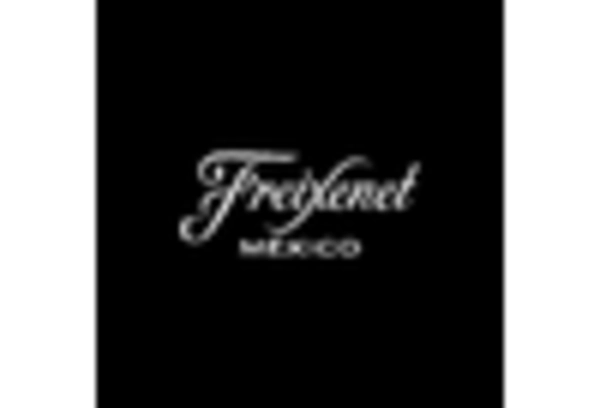
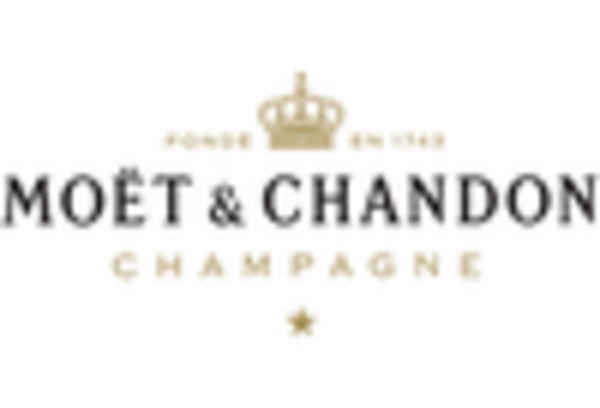
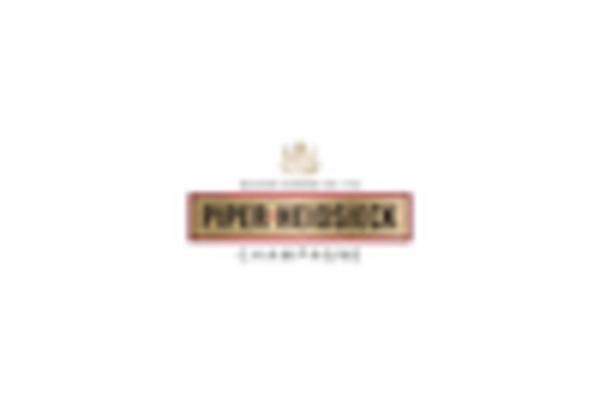









Leave a Comment